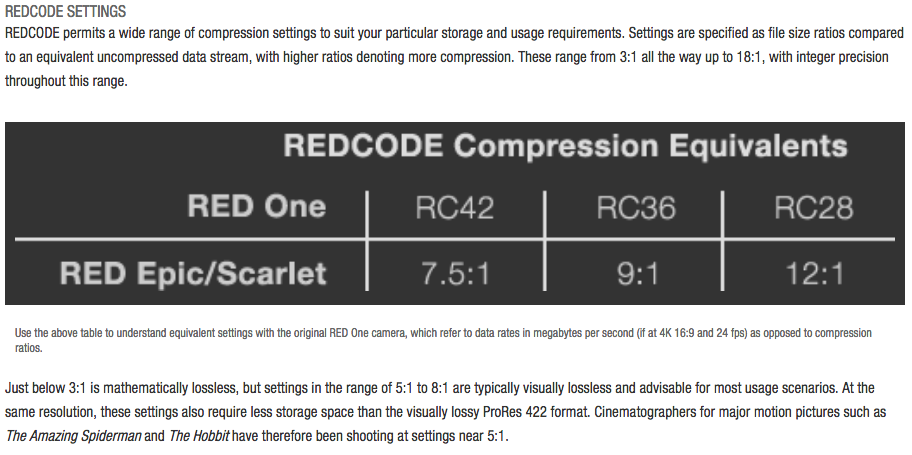Numbers are often discussed: sensor Ks, sensor bits, file bitrate, focal length, color depth bits, and so on…
The obsession with numbers is produced by Marketing, which obsessively inculcates in people the idea that a lower number is wrong, is bad, is outdated, or worse inadequate for the modern world… as if marketing is an expert on these numbers (if I had time to waste I would have to have half of every photographic or video brand’s marketing communications corrected for the inaccuracies written, obviously to their benefit).
This sense of inadequacy leads people to think that more is needed, a new product, that the one we own is outdated, causing not only compulsive purchases but an INFINITE production OF ELECTRONIC WASTE that since it cannot be disposed of properly is often pulverized and abandoned who knows where…
I make this point about numbers because I have often addressed these discussions :
- about the K’s of resolution needed and/or available
- about color depth
- on compression
- on the bitrates of the files
and now we have yet another clash of numbers, as Sony has launched 16bit linear raw sensor outputs against the rest of the world that saves 12-bit logarithmic raw files, excluding Arri cameras that to get around the Red patent of recording compressed raw record in 16bit linear raw uncompressed.
Logarithmic recording is designed to take up less space and at the same time offer the ability to record all the dynamic range information of a sensor or film. So if for Kodak engineers a 10bit log file (Cineon) could be sufficient to record the dynamic range of a film (7-9 stops maximum, remember that cine film is not photographic film, from kodak tables). Perhaps a 12bit log may be sufficient for much more? The same red logs a 12bit log for a camera claimed to have 20 stops of dynamic range.
But leaving aside the factors of … opinions of people (perhaps qualified since they invented all the principles of modern digital cinema) of that type, let’s do some serendipitous math.
8 bits = 256 shades of gray and for each color
10 bits = 1024 shades of gray and for each color
12 bits = 4096 shades of gray and for each color
So even if it were a black and white film we have enough information to cover an 8k with a line of pixels of different brightness vertically, whereas if the film is in color we are talking about 68 billion shades, 719 million, 476736 shades -> 68,719,476,736
AH no…I am mistaken because this figure is relative to the 12bit linear, if we straighten this log curve in a 32bit space (i.e. where it is correct to handle a logarithmic file of such depth) we find that the data corresponds to the 16 bit linear… but taking up much less space.
Now in a world where the digital camera forums are full of people complaining that raw and prores files take up too much space and that they want files in h264 (h265 takes up a quarter, h266 which now has two at the time of writing August 2021 takes up an eighth of the h264), wishing/desiring 16 bit linear recording I find rather amusing.
For those who know me, or follow me, I went the raw route first in stills and then in video as soon as I could because I have always tried to have the maximum workspace in postproduction and so having more data to work with has always been a priority of mine, but that does not mean I am foolish or have endless availability to buy ultra fast media where I can record a linear raw or archive such files, especially since there is historical evidence where Avatar was shot in h264 10 bit 4:2:2 (historical limit of the cameras at that time), spiderman and The Hobbit with Redcode between 5:1 and 3:1, is often chosen because slight compression reduces the harshness of the files and makes them more cinematic.
Personally I would prefer the presence of smarter or better color spaces optimized downward (8bit) than the possibility of recording this type of raw file on low cost machines, because then users who want that type of file, do not know that then post management will be unlikely on many of their machines, and that if they do not have knowledge of a certain type even the advantages in color management will not be appreciable.
Add. I see that on the nice site Cined.com they have published an article with a nice technical explanation of Sony’s 16bit linear by one of our compatriots Francesco Andreola.

